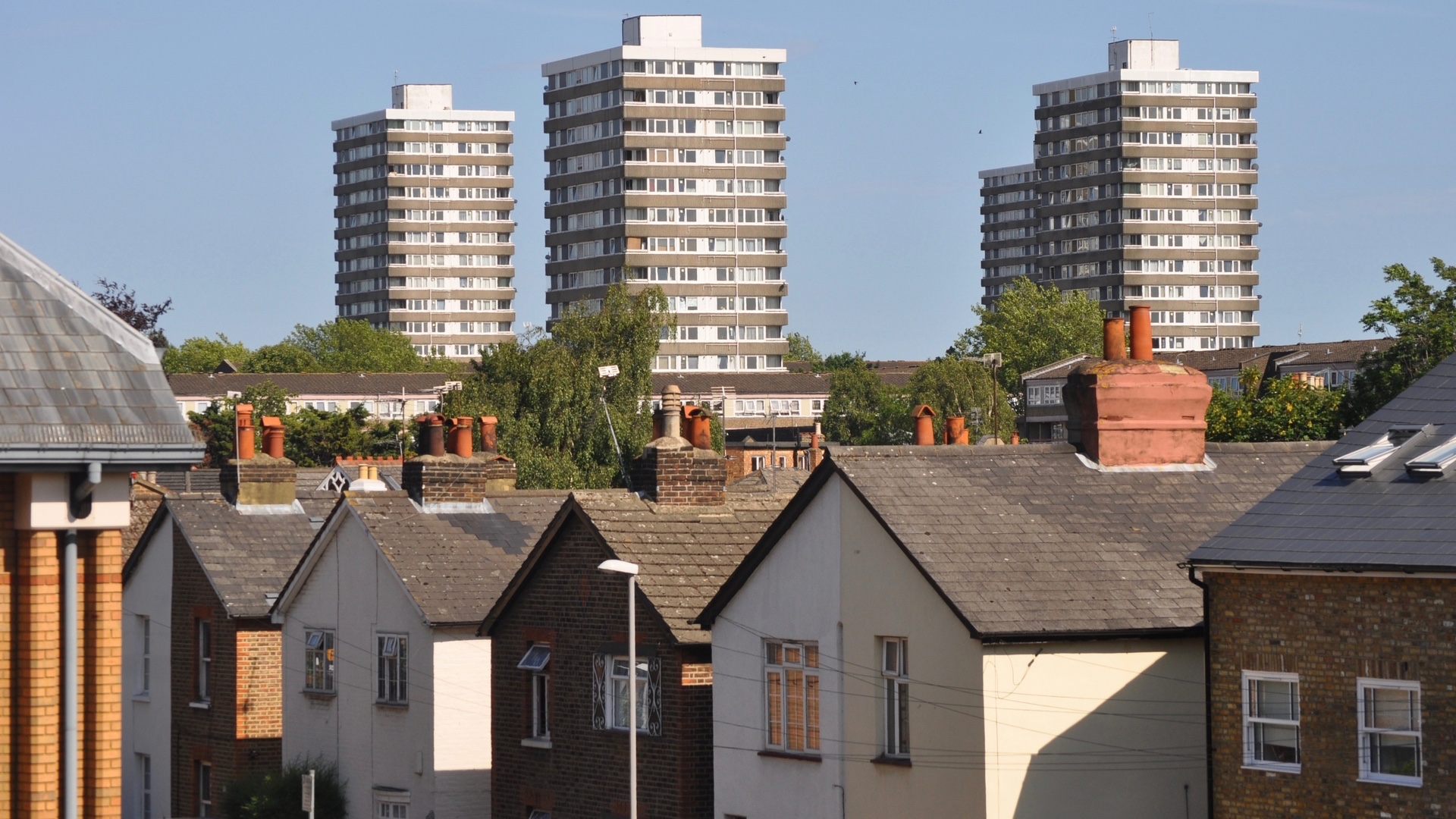Just 30 per cent of the homes created through extended PDR in the past met minimum space standards – nearly 80 per cent were studios or one-bed units, compared to just 37 per cent of those created using the full planning permission process.
When compared to similar developments in Glasgow – conversions in Scotland and Wales must still go down the planning route – homes in the Scottish city were found to be much higher quality and better maintained, and had more space for families to live in. RICS concluded that easing up office-to-residential rules was a “fiscal giveaway from the state to private real estate developers”.
In fact, the PDR changes contradict the government’s own research. The same week Jenrick made the announcement, the Ministry of Housing, Communities and Local Government published a report blasting office-to-residential conversions created without full planning permission as seeming to “create worse quality residential environments than planning permission conversions” in relation to matters of “health, wellbeing and quality of life”.
It’s a policy that appears to produce a lot of housing quickly, says RICS associate director of planning and development Tony Mulhall, but housing with “question marks all over it”.
“What I have seen when visiting conversions like these has shocked me,” he says. “People are expected to live without any natural light or space to move around.
“It’s no good having developers approach national standards as technicalities to comply to. Those standards are about function. Homes need to work for the people living in them or they shouldn’t be built.”
The idea of converting office buildings to homes is something that fits in with how our towns and cities are changing, he says – and it’s likely office space will be less in demand in the future now that companies have discovered home working to be viable. “We don’t always have one area for offices, another for houses like we once did. And offices are often in really handy locations. If you can live close to where you work and shop close to where you live, that makes good sense. But those buildings are often just totally unsuitable to be converted.”
It’s an issue developers can exploit particularly in global cities like London, he adds, where many people are desperate for homes just to get a toehold in the area. The new rules don’t take into account what we have learned about housing from the Covid-19 crisis – that overcrowding is a danger to public health, and that outdoor space is vital. Instead of loosening restrictions, we should be thinking about how important the addition of a balcony can be to small flats, Mulhall says. And even when done well, these conversions don’t turn out cheap.
“Who are these homes going to be for? That’s something that should be asked more often,” he says. “Many of these units go into the private rental market, sometimes earmarked as affordable housing but in practice they’re very expensive.” Research into office-to-residential conversions in Leeds and Leicester found they were mostly marketed as expensive student flats, doing little to meet local housing need. And last year it emerged that some of the 210,000 children whose families were caught up in the housing
crisis were moved into unsuitable converted office blocks as temporary accommodation.
New homes created through extended PDR have an impact on cash-strapped councils, too. RICS estimated that the financial impact to England’s local authorities was a net loss of around £50m. Around £42.5m of that came from the affordable housing contributions developers would have been required to make had they gone through the planning permission process. Councils are actively opposing the government’s latest changes.
Councillor David Renard, housing spokesperson for the Local Government Association, tells The Big Issue: “The planning system is not a barrier to housebuilding, with nine in 10 planning applications approved by councils. It gives local communities the power to shape the area they live in and provides an effective means of balancing the interests of homeowners and their neighbours.”
Taking away the right of locals to have a say about what happens in their community “deprives them of the ability to define the area they live in and know best”, he says. “It risks giving developers the freedom to ride roughshod over local areas with communities having no way of ensuring they meet high quality standards, provide any affordable homes as part of the development or ensure supporting infrastructure such as roads, schools and health services are in place.”
RICS research also showed that PDR conversions made it more difficult for councils to meet local social housing need. Yet just days after Jenrick announced the changes for developers, a Westminster housing select committee released a report urging ministers to start building 90,000 social homes a year to beat England’s “broken housing system”.
An MHCLG spokesperson told The Big Issue: “Permitted development rights make an important contribution to building the homes our country needs and are crucial to helping our economy recover from the pandemic by supporting our high streets to adapt and encouraging the regeneration of disused buildings.
“This independent research shows on average there was little difference in the appearance, energy performance or access to services between schemes delivered through permitted development and those that were granted full planning permission.
“All developers should meet the highest possible design standards and the changes we are making will continue to improve the quality of these homes, including new requirements for natural light and checks to ensure changes are in keeping with the character of their local area.”









